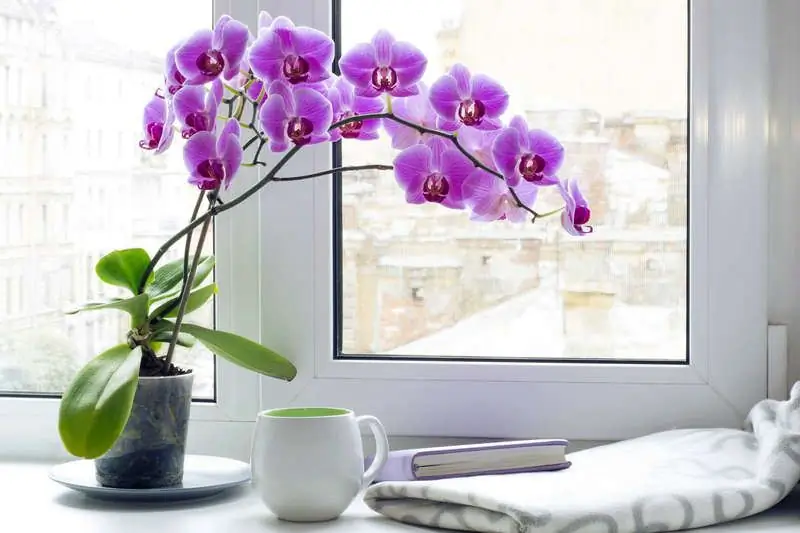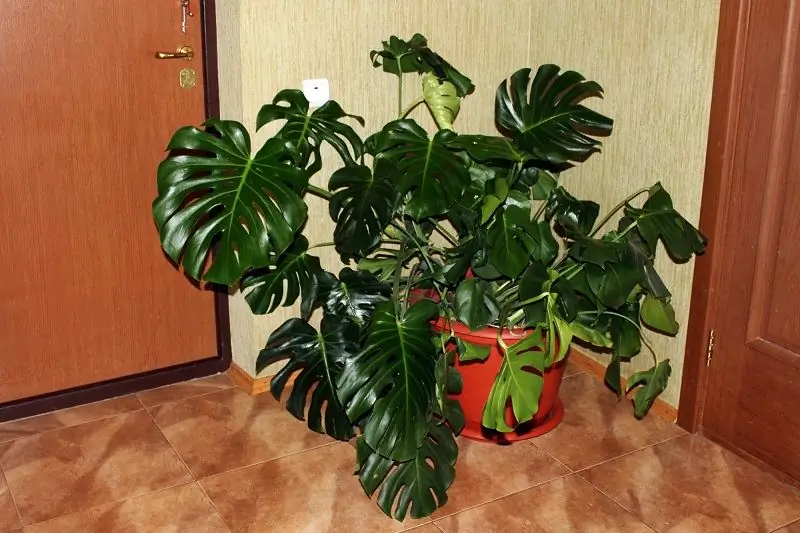
Table of contents:
- Author Bailey Albertson [email protected].
- Public 2023-12-17 12:53.
- Last modified 2025-01-23 12:41.
Succinic acid for indoor plants, including orchids: how to use it correctly

For indoor plants, succinic acid is used very widely. Flowers are watered and sprayed with this drug, without fear of harming others, because it is a natural substance.
The benefits of succinic acid for indoor plants
Succinic acid is a natural compound produced by plants to support all life processes. The lack of this substance can be replenished by watering and spraying indoor flowers with succinic acid obtained by a chemical method. This wonderful drug is sold in any pharmacy. In gardening stores, you can buy succinic acid directly for plants.

Succinic acid is sold in pharmacies
This drug brings great benefits to plants:
- restores the microflora of the soil, balancing the activity of microorganisms;
- stimulates the growth and development of plants;
- stimulates the appearance of peduncles with large flowers;
- accelerates adaptation processes after diseases, transplantation and transportation of plants;
- increases the production of chlorophyll, resulting in brighter and healthier leaves;
- increases resistance to adverse factors (waterlogging or drying out of the soil);
- accelerates root growth during grafting;
- increases seed germination when soaked.
What flowers are useful for succinic acid
Succinic acid is an absolutely harmless substance, so it can be used for all indoor plants. A small overdose of the drug will not harm: part of the biological additive will be absorbed by the plant, and the rest will be processed by microorganisms in the soil. Nevertheless, it is necessary to adhere to certain rules for processing plants and dosages.
For growing orchids, this preparation is a very important dietary supplement. Thanks to her, the substrate is healed, the appearance of peduncles is stimulated, the orchid does not get sick. For weakened and dying flowers, this is the best remedy for restoration, since new air roots appear thanks to succinic acid. Spraying is carried out every 2 weeks during the growth of leaves and the appearance of peduncles. It is not necessary to spray the blossoming buds. To stimulate the appearance of peduncles, the orchid is watered once every 30 days.
All, without exception, indoor plants react well to succinic acid. However, there are a few rules to remember:
- Flowers are watered and sprayed every 2 weeks in spring and summer. In winter, watering is not carried out, but only sprayed once every 30 days.
- If the plant has wide leaves, you can wipe the leaf plate with a napkin soaked in solution instead of spraying.
- Cacti and succulents are treated with succinic acid every 3 years. With more frequent processing, the opposite effect is observed.
- Pubescent plants (violets, gloxinia, etc.) are not sprayed, but watered at the root.
My favorite geranium, blooming with scarlet inflorescences, began to wither away. Two weeks after watering with succinic acid, green leaves appeared on the bare stems.
Video: the benefits of succinic acid for plants
The use of succinic acid for indoor plants
To treat indoor plants with succinic acid, it is necessary to prepare a solution of a certain concentration. When using tablets, they need to be crushed. 1 tablet contains 0.1 g of succinic acid and impurities that are harmless to flowers.
Solution preparation
To prepare a 0.1% stock solution in 1000 mg of water, dissolve 1 g of powder or 10 tablets of succinic acid. To obtain a 0.01% solution, 100 ml of the stock solution and 900 ml of water are sieved, etc.
Solution preparation procedure:
- A little warm water is poured into a liter jar.
- Add powder or crushed tablets.
- Stir until dissolved.
- Add cool water to a volume of 1 liter.
Table: application of succinic acid solution for indoor plants
| Indication | Treatment | Dosage |
| Watering | 1-2 times a month | 0.02% solution (2 tablets or 0.2 g of powder per 1 liter of water) |
| Spraying | Once every 2 weeks | 0.002% solution (dilute 200 ml of stock solution in 800 ml of water) |
| Strengthening the root system | Soak roots for 1-2 hours | 0.02% solution (2 tablets or 0.2 g of powder per 1 liter of water) |
| Cuttings | Place for a day | 0.002% solution (dilute 200 ml of stock solution in 800 ml of water) |
| Seed soaking | Soak for a day | 0.004% solution (dilute 400 ml of stock solution in 600 ml of water) |
Orchid processing
When transplanting an orchid, the roots are dipped for half an hour in a 0.02% solution (2 tablets or 0.2 g of powder per 1000 ml of water). Orchids with damaged roots are placed in the solution for 3-4 hours. Then the roots are allowed to dry for 3 hours and planted in a fresh substrate.
Water the orchid once a month with a 0.02% solution (2 tablets or 0.2 g of powder per 1 liter of water) to stimulate the appearance of peduncles. Water from a watering can slowly, in a thin stream, until the liquid flows out of the drainage holes. Excess liquid is poured from the pan. You can water the orchid by immersion in the solution for half an hour.

Orchids absorb nutrients from the air with leaves, so treatment with succinic acid is very important for them.
Spray the orchid with the same solution every 2 weeks.
Succinic acid is excellent for keeping indoor plants healthy.
Recommended:
How To Use Eggshells As Fertilizer (in The Garden, For Seedlings And Indoor Plants And Not Only) + Reviews

The properties of the eggshell, its beneficial effect on the soil, plants. Details on the use of shells as fertilizer in the garden, for seedlings and indoor flowers
Antigadin For Cats: Instructions And Indications For Use, How To Use The Spray Correctly, Reviews, Cost And Analogues

Forms of release of funds Antigadin. What is it for and how to apply it. Advantages and disadvantages, comparison with analogues. Folk remedies "antigadins". Reviews
Indoor Orchids: Types, Photos And Names

A selection of popular types of indoor orchids: photos and short descriptions, the level of complexity of care
Shade-loving Indoor Plants

Unpretentious indoor plants that are comfortable in the shade and their main conditions of detention
Indoor Plants Blooming All Year Round

Which plants, with proper care, can bloom all year round
